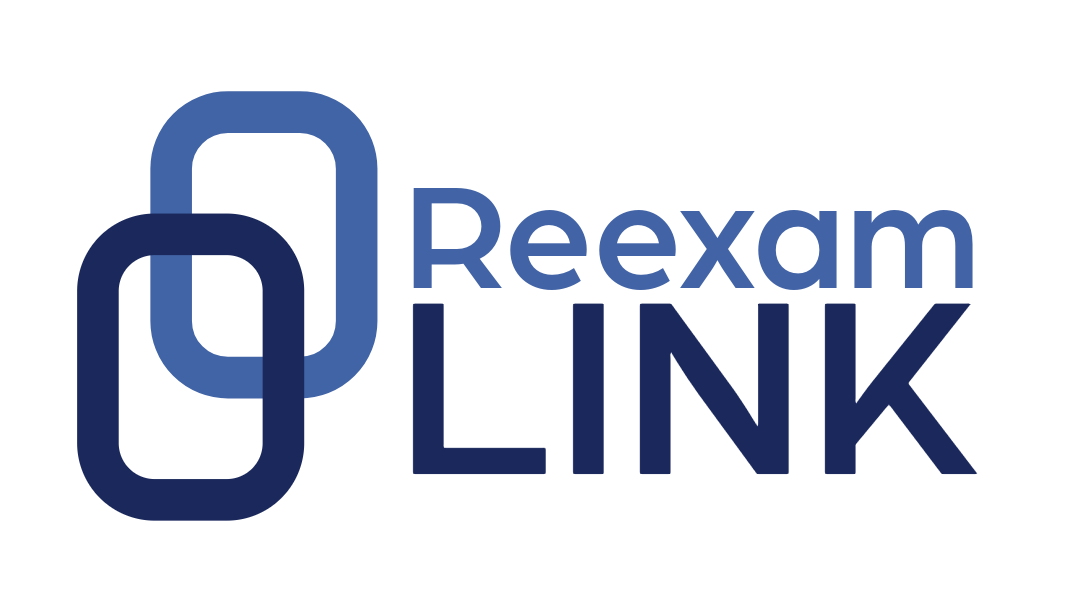The passage of the AIA is still relatively recent, yet statistics are starting to emerge that demonstrate the effective use of IPRs to settle patent infringement cases. IAM magazine recently published an interesting report by Unified Patents showing that IPRs have the effect of increasing the median time to settle litigations (from 211 to 420 days), but when viewed from the time that the first IPR filing is made, the median time of the “adjusted duration” (163 days) is shorter than the median time for litigations without IPRs (211 days):
For the 15,000 cases filed between 2012 and 2014 that settled before the end of 2015, the median duration was around 211 days. By contrast, for the much smaller subset of 1,100 cases which were identified as related matters to at least one inter partes review proceeding, the median overall duration was 420 days.
At first glance, this result seems counter-intuitive and contrary to the America Invents Act’s efficiency and cost-saving goals. However, a closer look at this subset of 1,100 related matters reveals that most settled within 180 days of the earliest inter partes review filing date. Specifically, the median adjusted duration for these cases was 163 days as of the end of 2015.
This timing data demonstrates that settlement is statistically likely before an institution decision is made (which can take place as late as 6 months after the filing date of the petition). The report offers a few explanations for the observed data:
One explanation for the increase in pre-institution settlements may be that settling the dispute earlier allows patent owners to eliminate the risk that an adverse decision could be used as grounds for institution in a later case. [ ]
A second explanation may be that defendant petitioners have an increased incentive to settle claims before institution due to the low rate of institution – although this seems less likely.
Other potential reasons why IPRs encourage settlement include:
- Weak patent assertions are more likely to attract IPR petitions by defendants.
- Well-educated defendant petitioners are incentivized to file IPR petitions to combat weak patents.
- As long as there is an inexpensive validity challenge option, weak patent assertions are inherently easier to settle than cases involving strong patents.
- IPR filings quickly inform the parties about the strengths and weaknesses of each other’s case.
- Strong IPR petitions educate the patent owner about any potential weaknesses of the challenged patent.
- Weak IPR petitions inform the patent owner about the weakness of the publication prior art.
- Expectations of each party will converge more quickly if they learn more about their case early in the patent contest.
- IPRs require the parties to communicate relatively early in a patent assertion. These communications provide more opportunities for the parties to understand their case and to discuss and settle the dispute.
Those active in post-grant proceedings know that IPRs also provide a limited mechanism for settlement before the IPR petition is filed. Of course, it is difficult to account for settlements that occur before an IPR petition is filed, but pre-filing settlements were discussed in an earlier post, and will be part of a half hour presentation I will be making for Patexia’s webinar series on March 24, 2016: “Posturing IPRs for Early Settlement.” More information about that seminar can be found by clicking on this link.

Leave a Reply